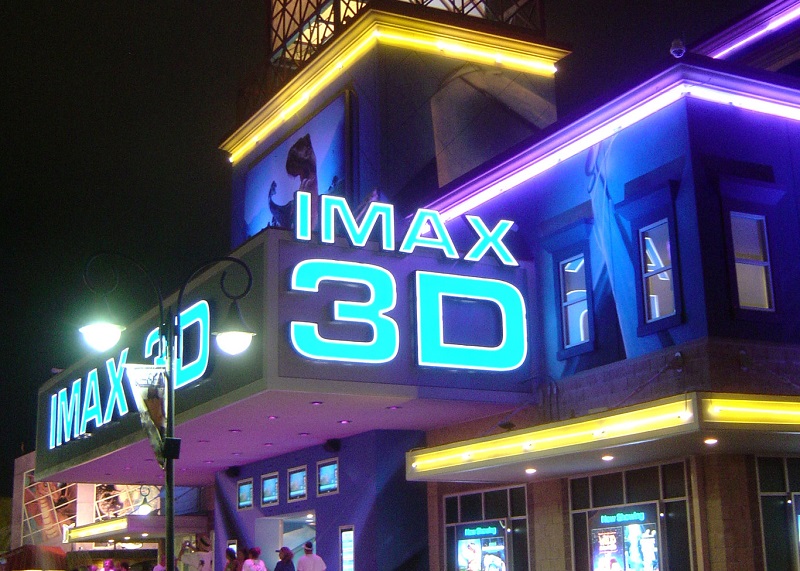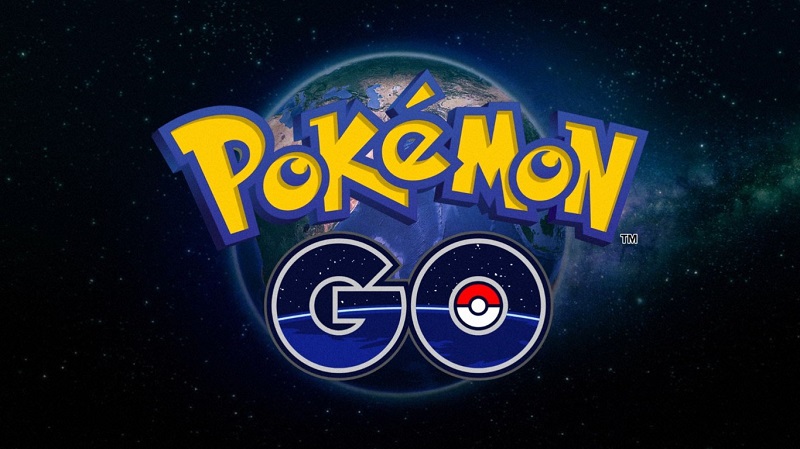Do you remember when 3D was going to be the salvation of the film, the great technological revolution that would bring it to compete with Internet and videos viewed via the mobile? Still you keep the glasses that you got when you went to see ‘Avatar’? Do not worry; Hollywood studios have also preferred to forget.
In fact, the second advent of 3D has ended up being more of a failure than anything else, and the film industry continues to look for technological trick that allows ** attract new viewers to theaters **, take them out of their homes where they can see what they want thanks to the many services VOD streaming * * available. Can it be that new trick virtual reality? What lessons have to be learned from the failed Hollywood 3D adventure?

More Reviews on http://thewholeweek.com/
Rise and Fall 3D
Last summer, during a convention, Jeffrey Katzenberg, outgoing head of DreamWorks Animation, said directly that “unfortunately, blew it with 3D. It was an opportunity for the industry that could have changed the situation.” But where, exactly, the hassled Hollywood studios? Katzenberg believes that the problem was in the artistic side, too many movies whose interest lay solely in 3D were made , instead of using it as a means to tell an interesting story.
According to him, films like ‘Avatar’ or ‘ Life of Pi ‘ managed to convince viewers that deserved pay more for viewing on 3D because it added a bonus to their creative virtues , made them a much more immersive experience, which is also how your time ‘sold Gravity ‘. Since the middle of last decade, the cinemas were adapted to this technology that would entail the great revolution, until, in 2015, came to have 74,561 rooms with 3D technology worldwide.
However, as pointed out at the time Variety , the collection of films in that format represented only 20% of the total box office that year , staying at 7,800 million dollars. You lost your audience interest in 3D only for creative reasons? On the web Den of Gee k, specializing in genre films, a technology aimed more reason, indicating that the projectors of the rooms, although they had adapted to the new format, maintained that obscured targets and blurred images. “3D movies are very dark” is a common complaint from viewers.
Hollywood already tried 3D in the 50’s and 80’s, and neither succeeded in any of the two occasions
There is another factor that perhaps adds to the above to explain why 3D has not yet fully as expected. As indicated by The Wrap , in full fever format, between 2006 and 2011, the ticket prices in the US rose 4% each year, from 6.55 to $ 7.92. The 3D movies cost extra which is added to that price . Between 2009 and 2011, 60% of the box office of a movie released simultaneously in 2D and 3D came second format. That percentage had fallen to 30% today. Can all the factors mentioned above have influenced the slightest interest?
It should also be borne in mind that Hollywood has already tried on two other occasions shoot 3D as “savior” of cinema watching television (in 50) and the wire (80). Neither twice he caught on with the public.
You may also like to read another article on BlogsMujer: ‘Arrival’ impressive teaser trailer for the new film by Denis Villeneuve
The next technological revolution
If movies in three dimensions have failed to take hold as expected, and studies are desperately seeking ways to attract viewers, especially younger ones, to the rooms, what may be the new technological trick to try? They could be the high frame rate, or HFR, high – frequency images. That is, they are recorded at a higher pace of 24 frames per second common. The idea behind the HFR is to blur the barrier between the film and the viewer, make it much more real.
High frame rate
That’s what I wanted Peter Jackson when he shot the first part of ‘ The Hobbit ‘ in a HFR 48 fps, and 3D. He wanted the viewer to feel in Middle -earth, which had a total immersion experience. However, generating was rejected; paradoxically, it seemed to be too real or a cheap TV.
Jackson setback that has not discouraged other directors to experiment with even greater HFR, as the 120 fps with Ang Lee has bowled ‘ Billy Lynn’s Long Halftime Walk ‘. It is a step that is already available in some cameras sports video and smartphones, but had not used in the film so far. It is very remarkable that Lee, who used 3D as a tool in the service of history in ‘Life of Pi’, opt for these 120 fps in an adult drama, not an action movie (even with war scenes).
The first comments appeared on the film, which opens on November 11 in the United States, suggest that may be revolutionary technologically, especially in the hyper reality of the battle scenes, but has the disadvantage that there are only four cinemas in the world equipped with a projector to 120 fps . The film is also shot in 4K and 3D, 4K and these are some of the new technological options available to Hollywood.
4K resolution
The 4,000 pixels of horizontal resolution are the evolution of Full HD, and are entering rapidly in domestic formats. More and more TV 4K more DVDs and Blu-Ray and platforms for online content editing also include the resolution for some titles from its catalog, like Netflix, or will do so shortly .And the digital conversion of cinemas has made throughout the world, hasabout 10,000 rooms laser projectors ready for 4K.
The films are seen with greater clarity and no quality is lost when projecting onto big screens, and after numerous passes, but do not realize viewers that they are watching a film in 4K? Is it enough to attract people back to theaters?
What about virtual reality?
The HFR, 4K, large screens, including 3D looking all the same: to offer the viewer an immersive feeling in the film, which creates to be inside her, not simply seeing “pass” on the screen. That is the objective pursued with all these technological innovations, give the viewer something that cannot get into the living room, with your tablet or your TV that occupies the entire wall. What is the role, then, of virtual reality ?
In 1992 ‘he premiered Lawnmower Man ‘, which was then touted as the first film in virtual reality of history. Actually, it included some scenes that saw the virtual world in which the protagonist (the same trick ‘ was introduced Virtuosity ‘, 1995), but viewers could not experience that world. And the “problem” of VR, in this case, is that it is an individual experience.
Glasses are needed to “introduce” in the film, and we can do it at home. The technology, however, is moving in that direction, and its use in advertising, in theme parks or to provide extra content of television series (or small miniseries independent), could well end up being used to make films more in the sense that we understand as such.
It is true that the technological means to record video and ride VR exist but are not always prepared for the narrative requirements of a movie, for example. Roberto Romero, co-founder of the Future Lighthouse, explained in the presentation of the episode in VR ‘ The Ministry of Time ‘ which is a sector in which we must develop new tools constantly, in which the narrative of a project it is dictating the necessary technology to make it happen:
“The narrative challenges are no obstacles are technical. Because, narratively, we already we have imagined how it will be narrative in virtual reality in twenty years. We know what we want to tell, we have an idea how we want to tell but, today, there are many things that are not technically “.
For now, what is being proposed is the installation, in the lobbies of cinemas, a “station” virtual reality that allows viewers to enjoy bonus content of the film to go see, or small shorts? The experience of going to the movies can be, well, a little different, more like a theme park.
The digitization of cinema is already a fact, and although the 3D has not finished curdle definitively the audience, still looking for other technological “tricks” to justify leaving home , buy a ticket and enter a room.


